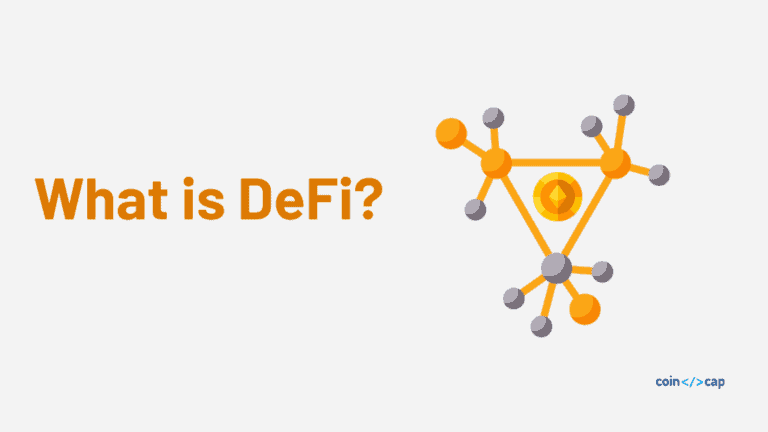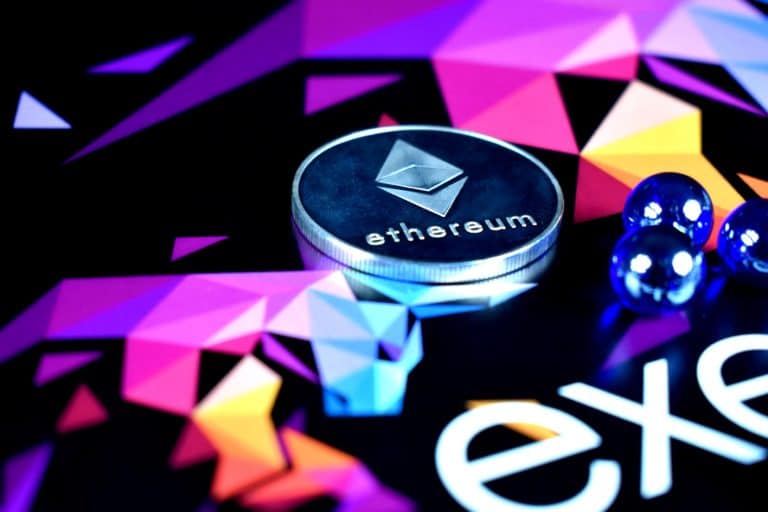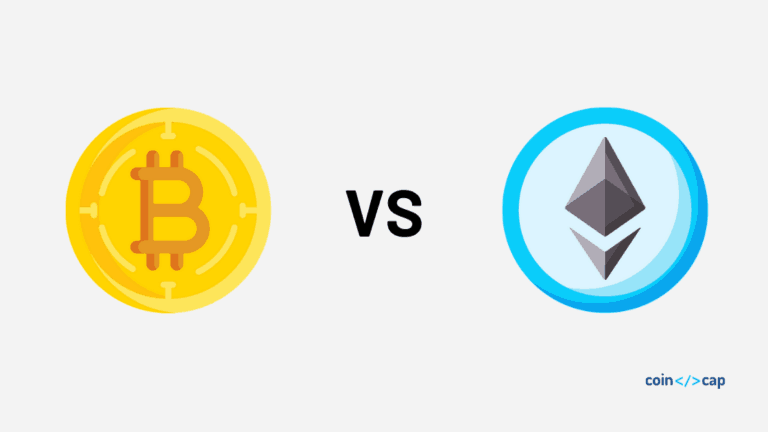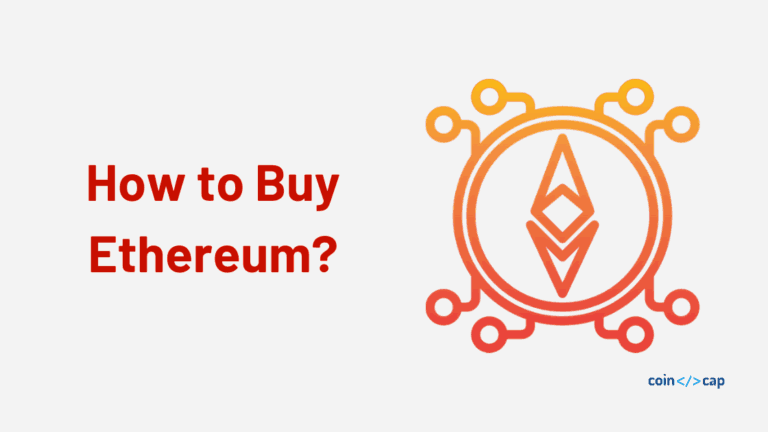Building An Ethereum Simulation Game – Part 3 – The Front End
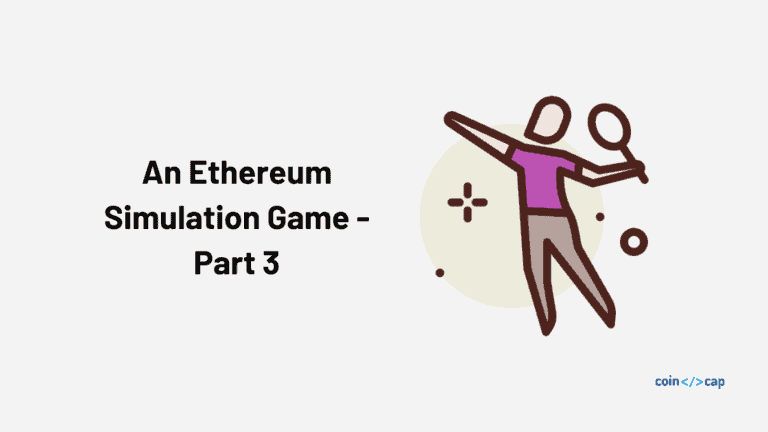
Recap In part one I outlined the idea for a Tennis Manager simulation game on the Ethereum Blockchain. I created the ERC721 Token and the TrainableTennisPlayer contract which enables owners to increase their player stats by training or resting. Part…
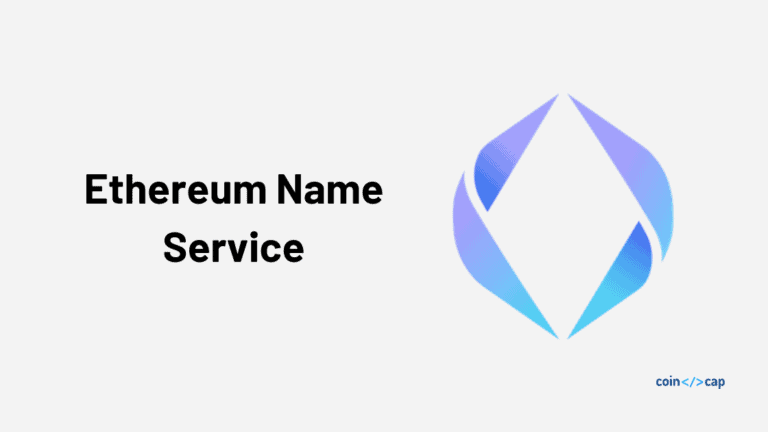
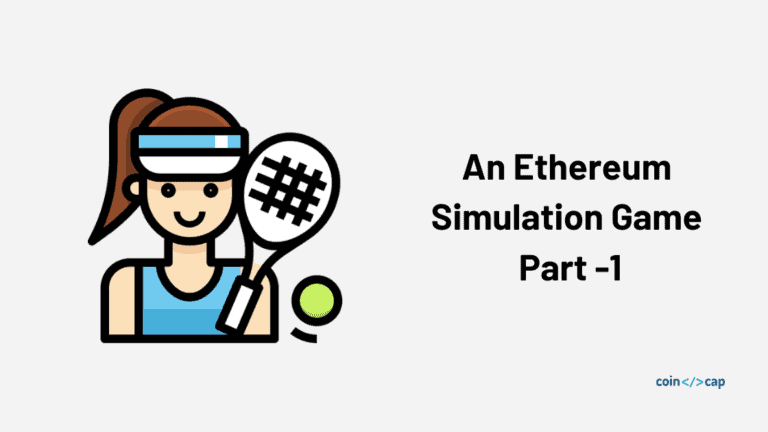
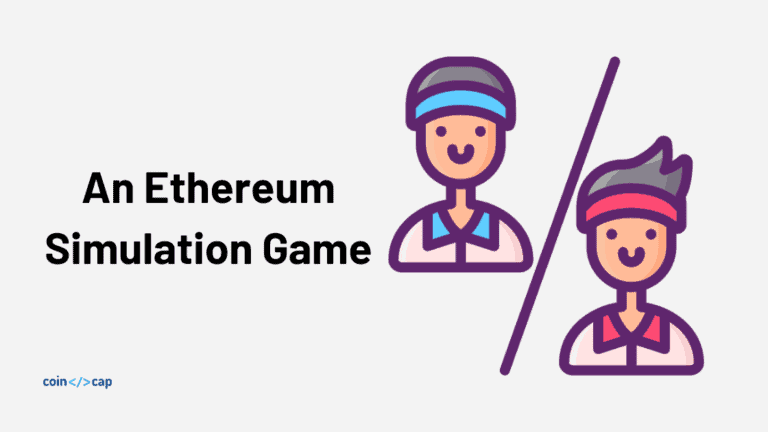
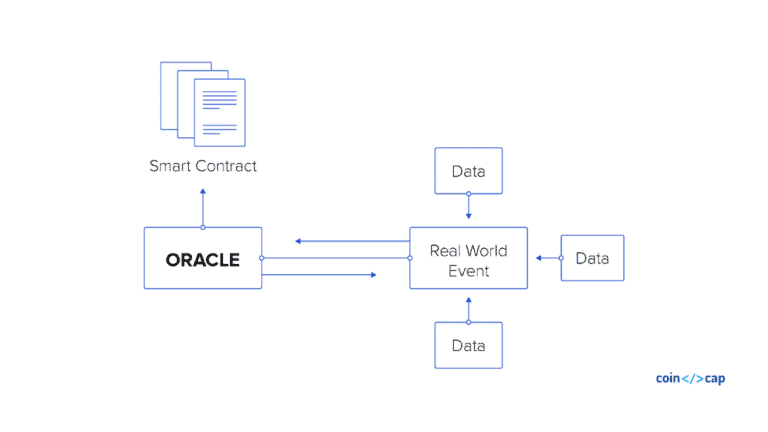
![How Ethereum Mining Works [An Overview] 6 How Ethereum Mining Works [An Overview]](https://coincodecap.com/wp-content/uploads/2020/03/how-to-ethereum-mining-768x432.png)
